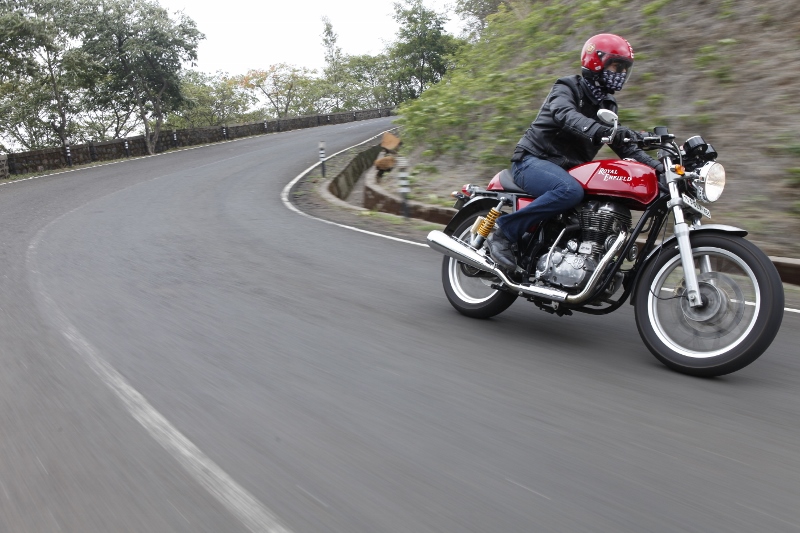With their love of fast motorbikes, one of the principal aims of being a Rocker was to try and touch 100 miles per hour. Those who did came to be called the ‘Ton Up Boys’, their name inspired by the British slang ‘ton’ denoting the 100 mph speed. For the vast majority, though, racing motorbikes from one transport café to another was what gave them their adrenaline rush – the ‘buzz’ in Rockerspeak. A typical ride out – known in Rocker slang as a ‘Burn Up’ – would involve heading out to a transport café like the now legendary Ace Café, meeting other Rockers, listening to the latest rock ‘n’ roll music on the jukebox and then racing each other to the next transport café. Sometimes these enthusiasts would also indulge in a rather peculiar form of racing wherein they would put on a vinyl record on the jukebox and then try to do a specified circuit back to the café before the record stopped playing.

The fondness for such Jukebox Racing and café racing led to a majority of them modifying (souping up) their stock motorcycles in an attempt to make them go quicker. The aim, of course, was to be able to touch the ton. Modifications involved replacing regular handlebars with low-set clip-ons, putting a single seat towards the end of the bike with the petrol tank being stretched out and narrowed down to reduce the profile of the bike and hence the drag caused by wind at high speed. Other modifications included the use of rear-set foot-pegs and carving knee recesses into the petrol tanks to help the rider grip the bike with his knees. Seats also featured a ‘bum stop’, which was essentially a hump at the end of the seat that would help the rider push back and crouch down, reducing the effects of drag. These modified motorcycles came to be known as ‘café racers’, courtesy the use they were put to. Extreme souping up even included fusing the chassis of one motorcycle with the engine of another. Such measures led to the creation of well-known café racers like the Triton wherein a Norton featherbed frame was fitted with the engine from the Triumph Bonneville (not to be confused with the new bike) to bring together the fastest racing engine with the best handling frame available in England at that time.


Leave a Reply